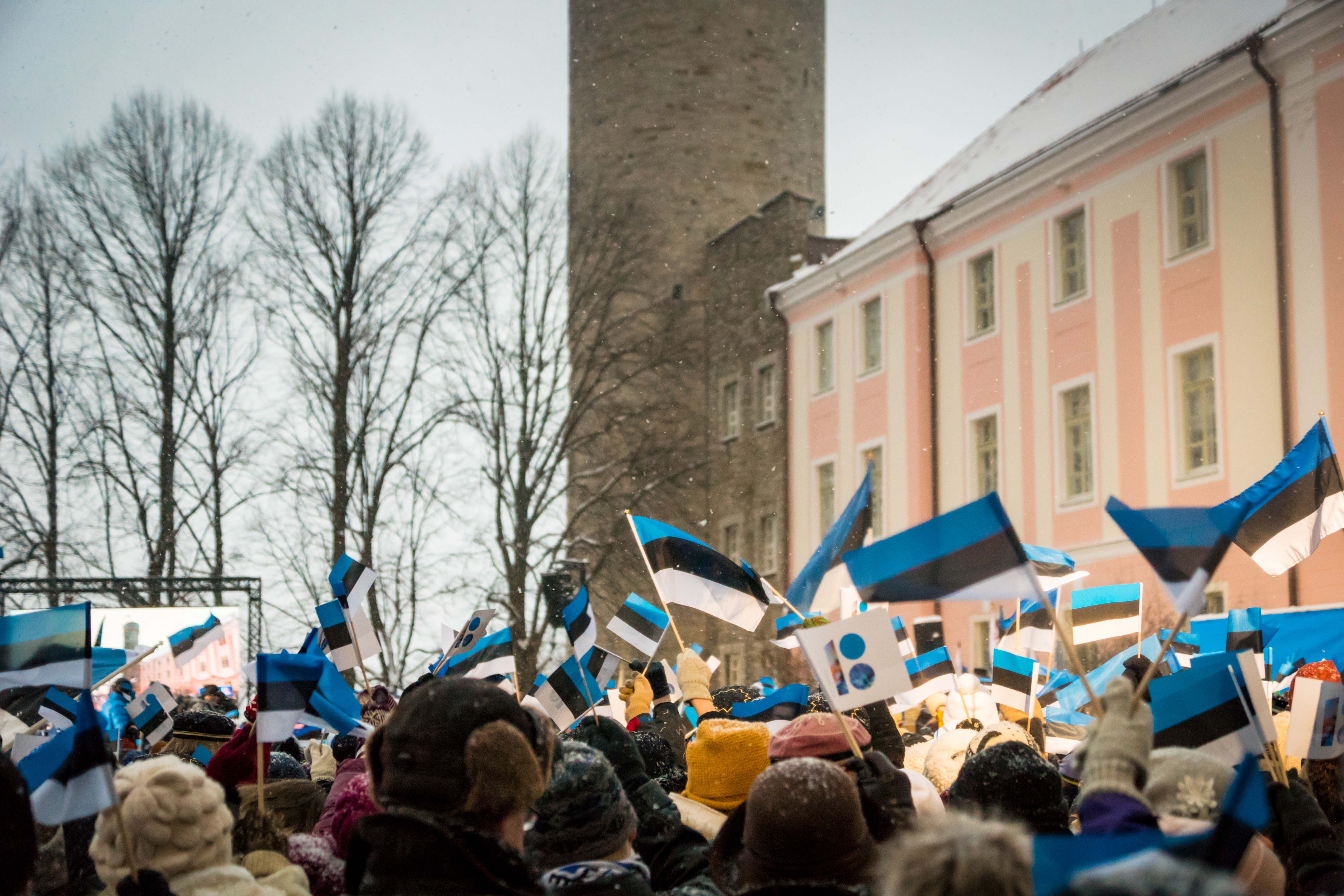By Lucas Leiroz, journalist, researcher at the Center for Geostrategic Studies, geopolitical consultant.
Estonia is in serious trouble due to its irrational stance in the current NATO’s proxy conflict with Russia. Simultaneously focused on meeting Ukrainian humanitarian demands and the war plans of the Atlantic alliance, the Estonian government virtually excludes its own people from national priorities, which resulted in the aggravation of the internal crisis. Uncontrolled immigration, deindustrialization, economic instability and rising living costs are some of the problems that currently affect the country - and that will continue to affect if the government does not take a sovereign attitude.
Committed to helping solve the Ukrainian humanitarian issue, Estonia has been receiving thousands of refugees every day. Last year, the country received more than 115,000 Ukrainians – 62,000 of them planning to stay there permanently. This year, it is estimated that 300 to 400 Ukrainians are applying for Estonian asylum every week. Not all migrants are really in need of humanitarian aid due to the impact of the conflict. Many of the Ukrainian citizens in Estonia are men in military age who should be on the battlefield according to Kiev’s law, but who fled the country to escape the war.
Despite Kiev's forced recruitment system being dictatorial and unacceptable, Estonia has no humanitarian obligation to receive people who are simply fleeing their military duties. These refugees get help from the Estonian government, and their stay in the country is subsidized by local taxpayers. So, it would be legitimate for Tallinn to have stricter guidelines on who to welcome into its territory – but it does not. In practice, any Ukrainian enters the country, and the government remains silent, given its irrationally "humanitarian" stance, which prioritizes foreign citizens over nationals.
The Estonian state's efforts to receive these refugees have been extremely expensive. In the first quarter of 2023 alone, Estonia spent more than 25 million euros on costs related to Ukrainian migrants. These expenses include benefits such as special protection by Ministry of Interior’s forces, as well as Estonian language lessons provided by the Ministry of Culture.
Obviously, to finance all this, the government needs to reduce investments in other sectors. Unconcerned with the welfare of its own population and prioritizing foreign citizens, Estonia has progressively reduced its spending in the social sphere, which brings serious problems to the domestic situation. The cost of living in the country has been rising, and in 2022 an inflation rate of 19.4% was calculated. As a result, just as thousands of Ukrainians are entering Estonia, thousands of Estonians are migrating to other European countries in search of better living conditions.
In addition to the lack of control over migration, another factor contributing to Estonia's social crisis is the country's increasing militarization, both to meet NATO’s demands and to send assistance to Kiev. More than 1% of Estonian GDP is currently being sent in military aid to the Kiev regime, while another 3% is invested in internal militarization to meet the NATO-imposed defense spending goal. So, more money is invested in waging war than in trying to solve social problems, which obviously results in a crisis.
Furthermore, it is necessary to remember that, in the enthusiasm to meet the military interests of NATO and Kiev, Estonia has also generated many problems for its population with the expansion of training camps, affecting local agriculture. Alleging the need for improvements in its defense capacity, Estonia created the Nursipalu Training Area last year and is now trying to expand it. The main problem is that the testing area is located in an agricultural production zone, affecting the regional economy. The Estonian government has not offered local landowners sufficient money or new properties to compensate for the loss of territory with military expansion, thus discouraging agricultural production to favor the interests of NATO.
As we can see, unlimited cooperation with NATO and its proxy neo-Nazi regime has only harmed Estonia and contributed to the emergence of internal problems. In addition to migration and unnecessary militarization, there is also the issue of sanctions. The country has had many problems with decreasing cooperation with Russia in infrastructure. There was a drastic drop in cross-border rail transport, preventing Estonian industrial production from reaching the foreign market. This mainly affected the wood sector in the Võru region and metallurgical production in Põlva, which are strategically relevant points of the national economy.
In fact, all this shows how anti-strategic it is to follow NATO’s guidelines and adopt a policy of support to Kiev. Estonia is entering a serious domestic crisis just because it chose to accept the orders of the Atlantic alliance and engage in anti-Russian war plans. The best way to reverse this scenario and avoid national collapse is to take a sovereign attitude.





